When it comes to choosing the right battery for your vehicle, boat, or RV, Group 31 batteries often stand out as a popular choice due to their robust capacity and versatile applications. In this comprehensive guide, we'll delve into everything you need to know about Group 31 batteries, including their dimensions, features, and types. By the end of this article, you'll be equipped with the knowledge to make an informed decision about whether a Group 31 battery is the right fit for your needs.
What Are Group 31 Batteries?
Group 31 batteries are a standardized size classification of batteries, typically used in commercial and industrial applications. They are known for their large capacity and ability to deliver high power output, making them ideal for heavy-duty use. These batteries are commonly found in trucks, RVs, boats, and other demanding applications where reliability and endurance are crucial.
Dimensions of Group 31 Batteries
Group 31 batteries have specific dimensions that make them easy to identify and fit into designated battery compartments. The standard dimensions are:
-
Length: 13 inches (330 mm)
-
Width: 6.8 inches (173 mm)
-
Height: 9.4 inches (240 mm)
It's important to note that while these dimensions are typical, slight variations can occur between manufacturers. Always check the exact measurements if fitting space is a critical concern.
Key Features of Group 31 Batteries
Group 31 batteries come with a variety of features that make them suitable for heavy-duty applications:
-
High Capacity: These batteries typically have a capacity ranging from 75Ah to 125Ah, providing ample power for extended use.
-
Durability: Built to withstand harsh conditions, Group 31 batteries are designed to be rugged and reliable, with robust casings that protect against vibrations and shocks.
-
Versatility: Suitable for a wide range of applications, including commercial trucks, RVs, boats, and off-grid solar systems.
-
Deep Cycle and Starting Capabilities: Many Group 31 batteries are dual-purpose, capable of both deep cycling (repeatedly discharging and recharging) and providing high cranking power for engine starts.
-
Maintenance-Free Options: Many modern Group 31 batteries are sealed and maintenance-free, eliminating the need for regular water top-ups.
Types of Group 31 Batteries
Group 31 batteries come in several types, each designed for specific applications and performance requirements. The main types include:
-
Flooded Lead-Acid Batteries:
- Description: Traditional batteries that contain liquid electrolyte. They require regular maintenance, including checking water levels and ensuring proper ventilation.
- Advantages: Cost-effective and widely available.
- Disadvantages: Require maintenance and can leak if not handled properly.
-
Absorbent Glass Mat (AGM) Batteries:
- Description: Sealed batteries that use a fiberglass mat to absorb the electrolyte. They are maintenance-free and more resistant to vibrations.
- Advantages: Maintenance-free, spill-proof, and have a longer lifespan compared to flooded batteries.
- Disadvantages: Generally more expensive than flooded batteries.
-
Gel Batteries:
- Description: Use a gel-like electrolyte that doesn't spill or evaporate. They are also sealed and maintenance-free.
- Advantages: Excellent performance in extreme temperatures and resistant to deep discharges.
- Disadvantages: More expensive and can be sensitive to overcharging.
-
Lithium-Ion Batteries:
- Description: Modern batteries that offer high energy density and lightweight construction. They are maintenance-free and have a long lifespan.
- Advantages: Lightweight, long lifespan, fast charging, and high efficiency.
- Disadvantages: Significantly more expensive and require specific chargers and management systems.
Choosing the Right Group 31 Battery
When selecting a Group 31 battery, consider the following factors:
-
Application Needs: Determine whether you need a deep cycle battery, a starting battery, or a dual-purpose battery based on your application.
-
Budget: Balance the initial cost with the expected lifespan and maintenance requirements. While AGM and lithium-ion batteries are more expensive upfront, they may offer better long-term value.
-
Maintenance: Decide whether you prefer a maintenance-free option or are willing to handle the upkeep of a flooded battery.
-
Environmental Conditions: Consider the operating environment. AGM and gel batteries perform well in extreme temperatures, while lithium-ion batteries are ideal for applications requiring lightweight and high energy density.
Conclusion
Group 31 batteries are an excellent choice for a variety of heavy-duty applications due to their high capacity, durability, and versatility. By understanding the dimensions, features, and different types of Group 31 batteries, you can make an informed decision that best suits your needs. Whether you're powering a commercial vehicle, an RV, or a boat, there's a Group 31 battery out there that's perfect for the job.
Investing in the right battery can ensure reliable performance and longevity, giving you peace of mind and optimal power for your applications.

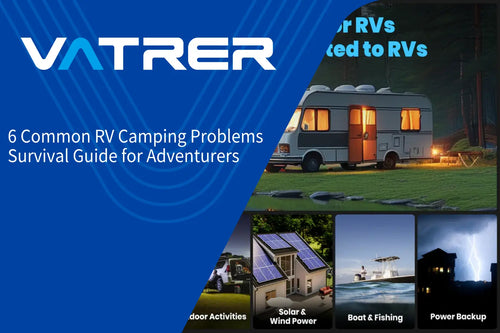
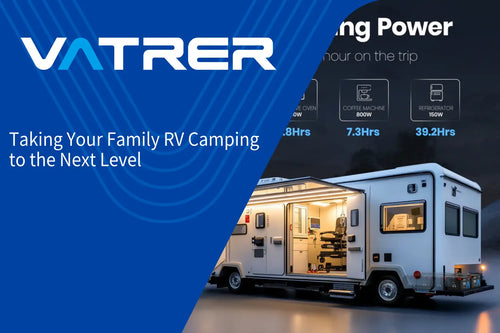




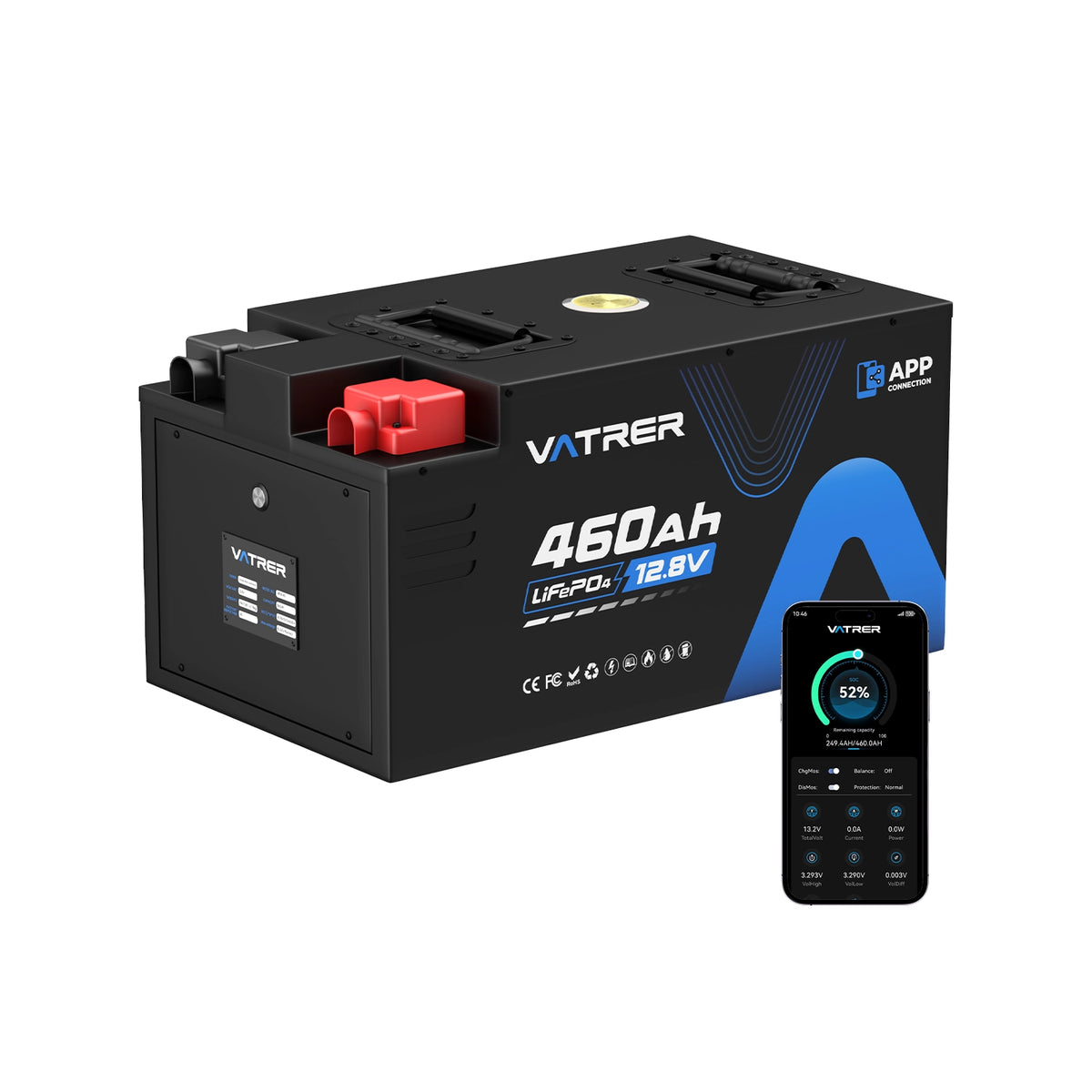
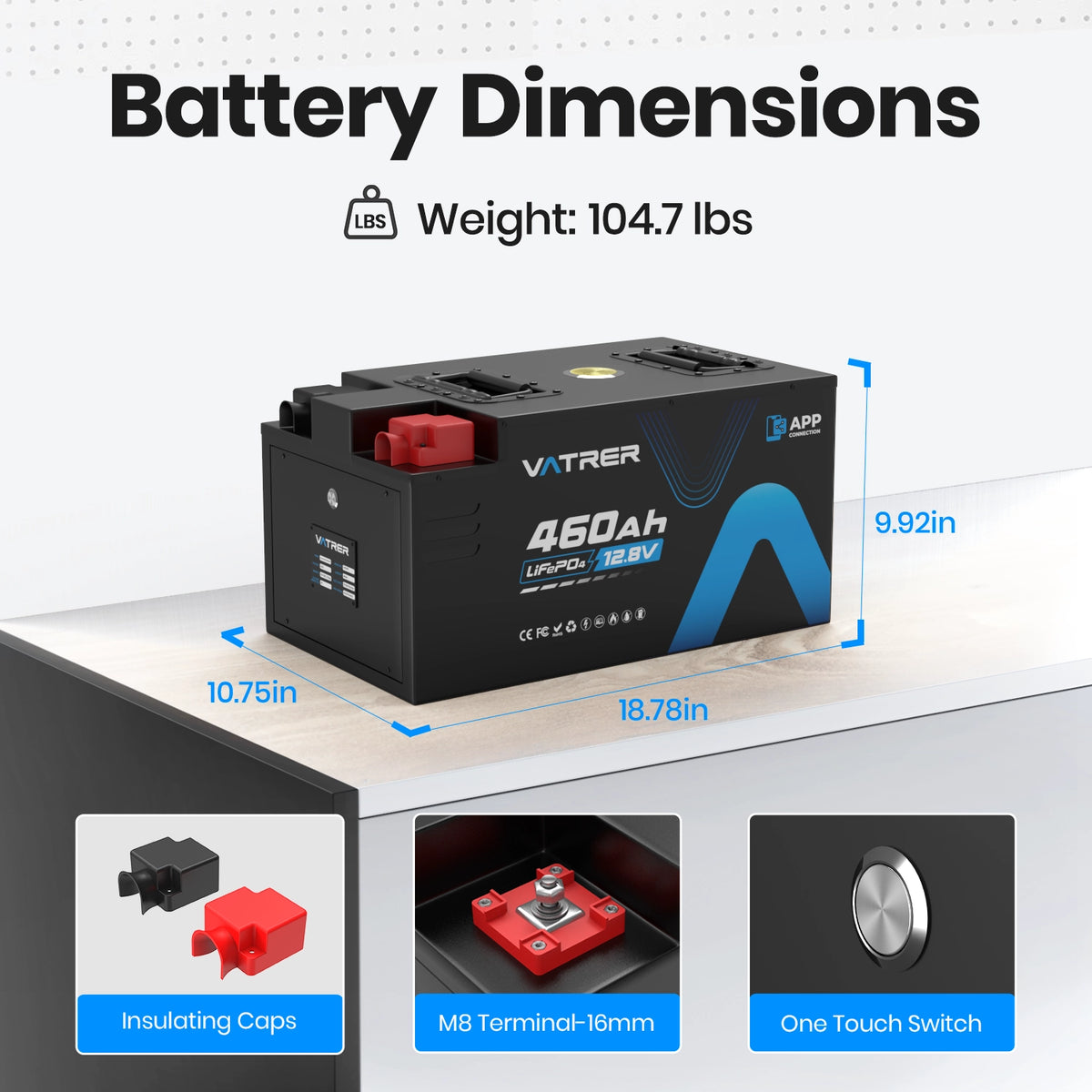
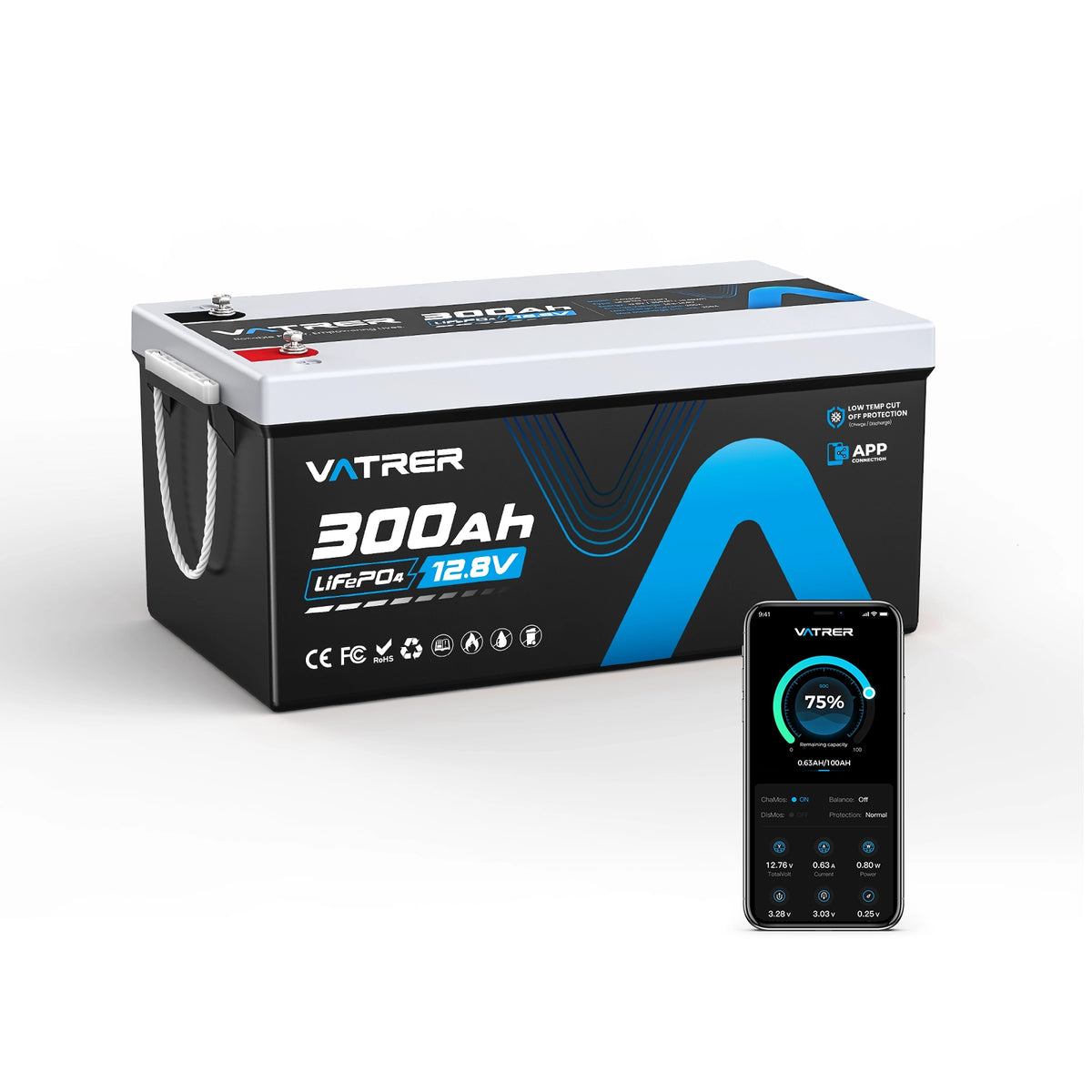
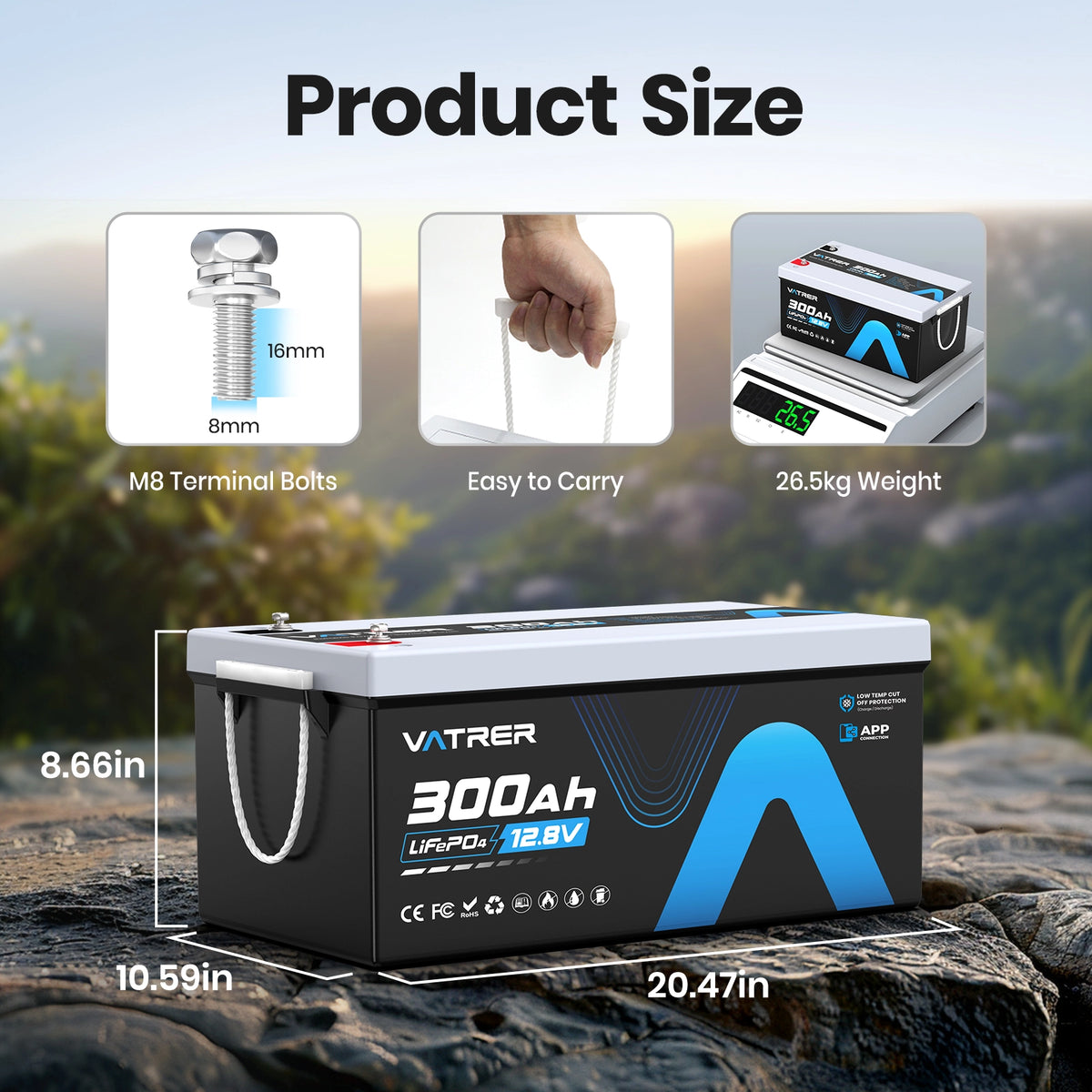
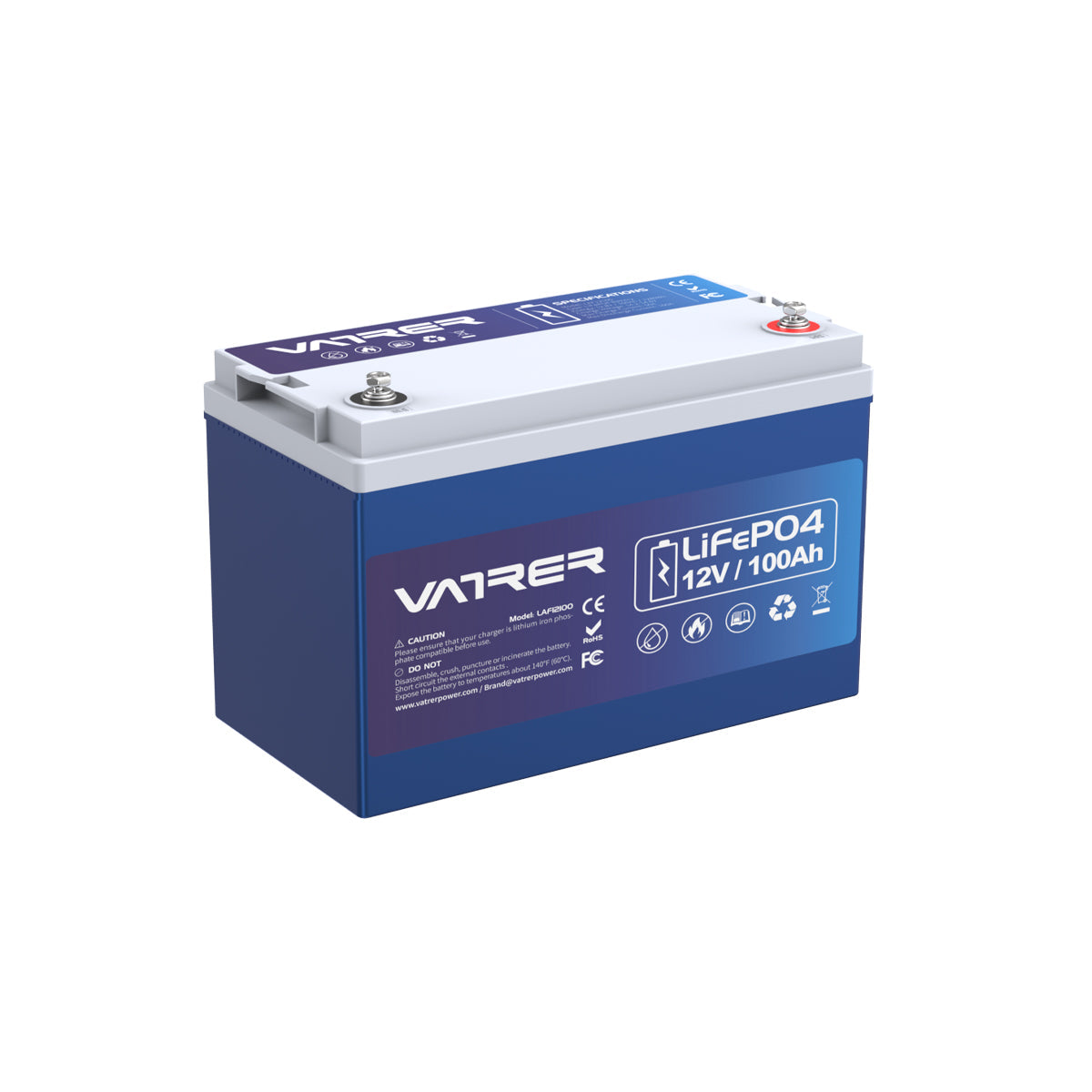
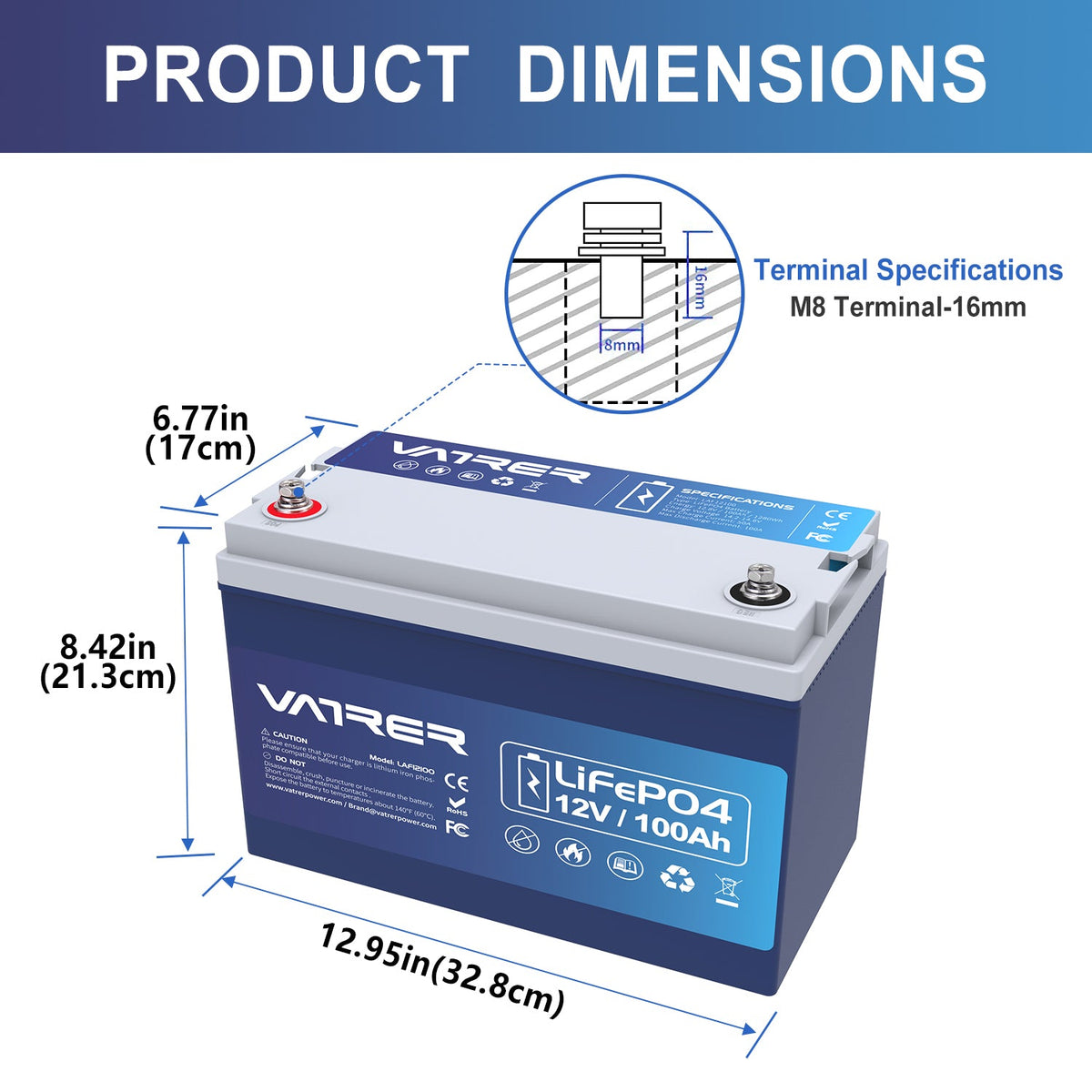
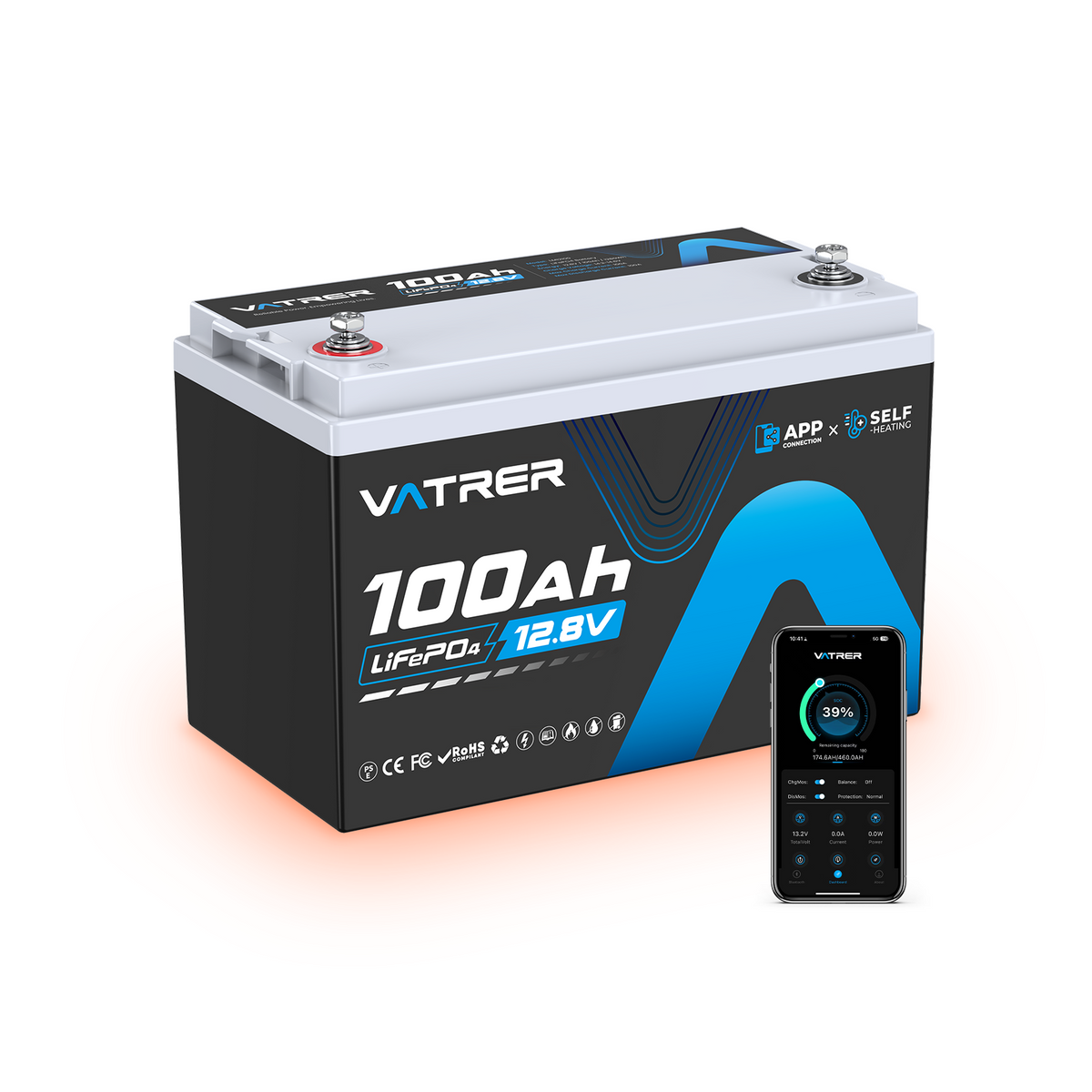
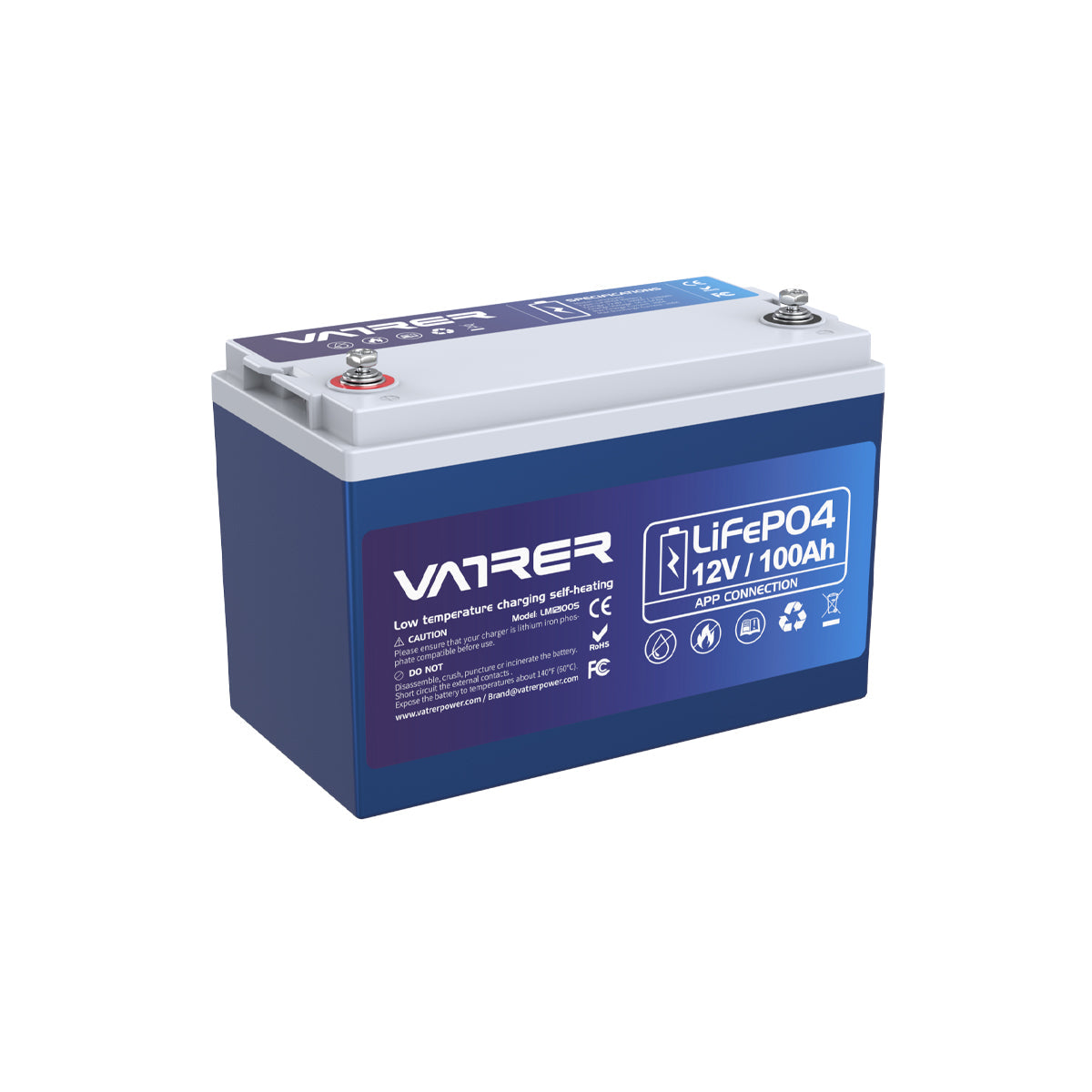
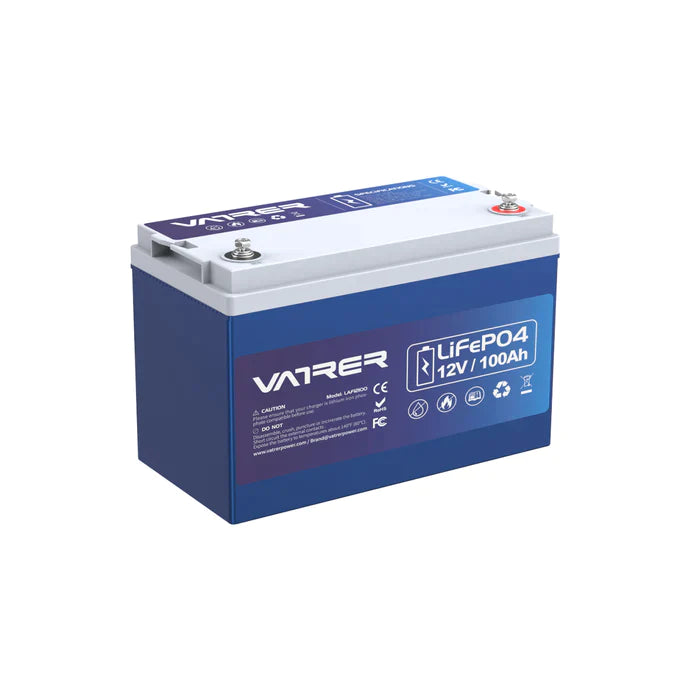
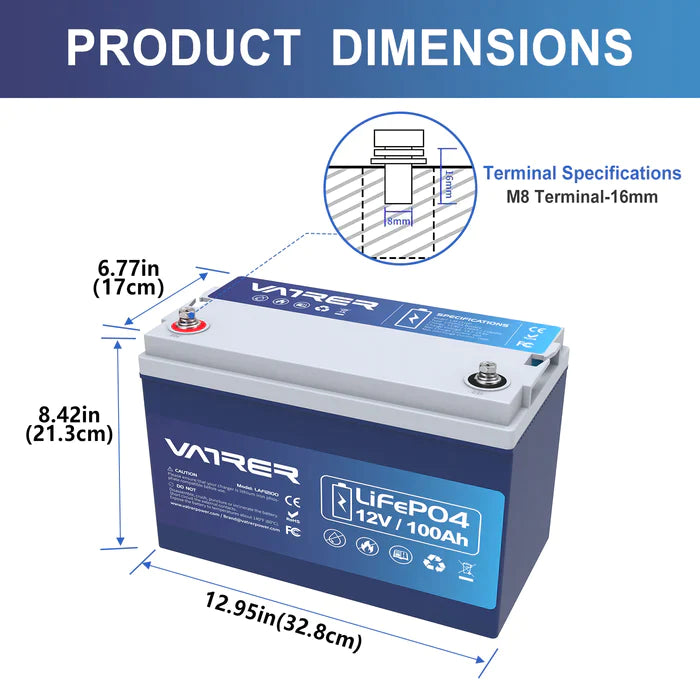
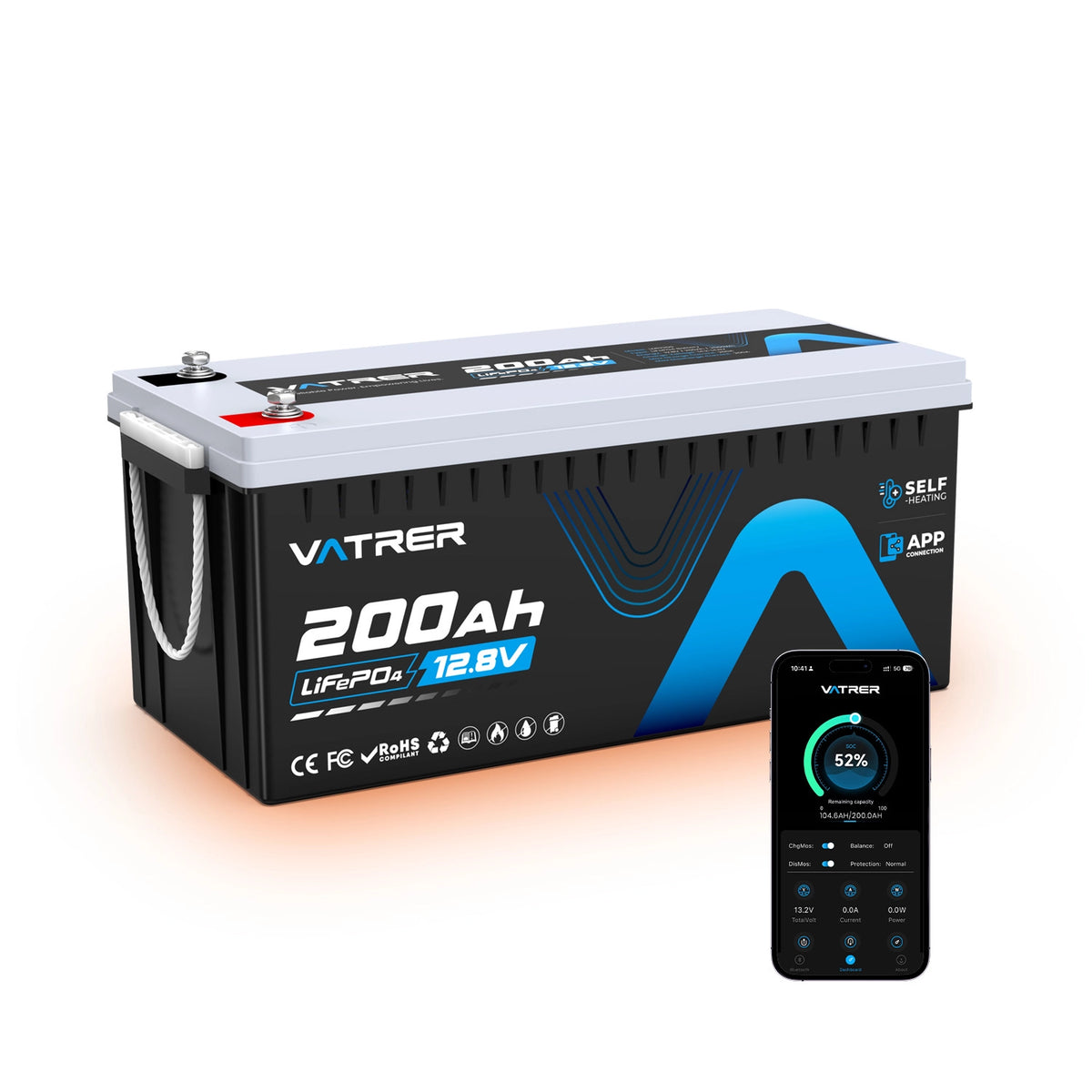
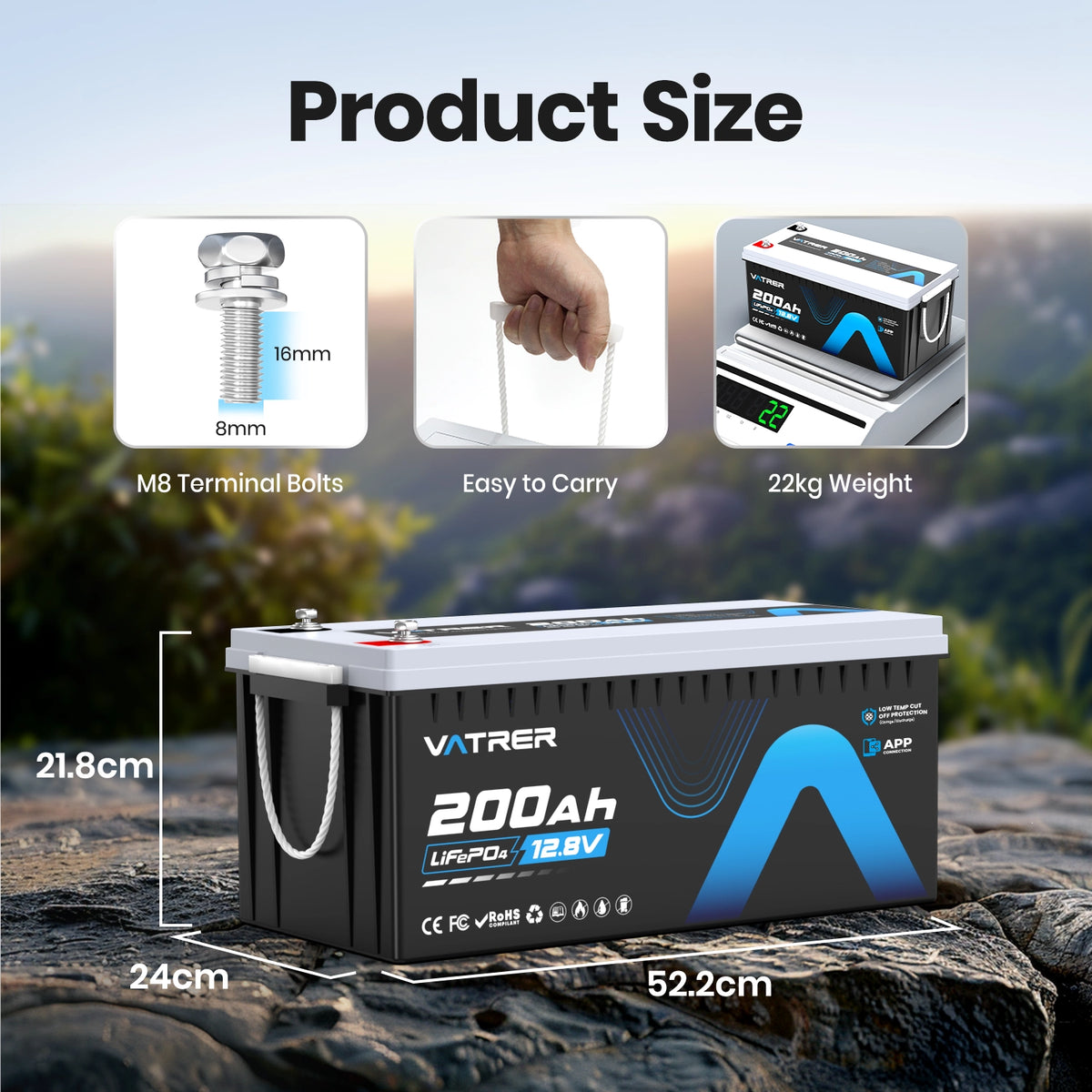
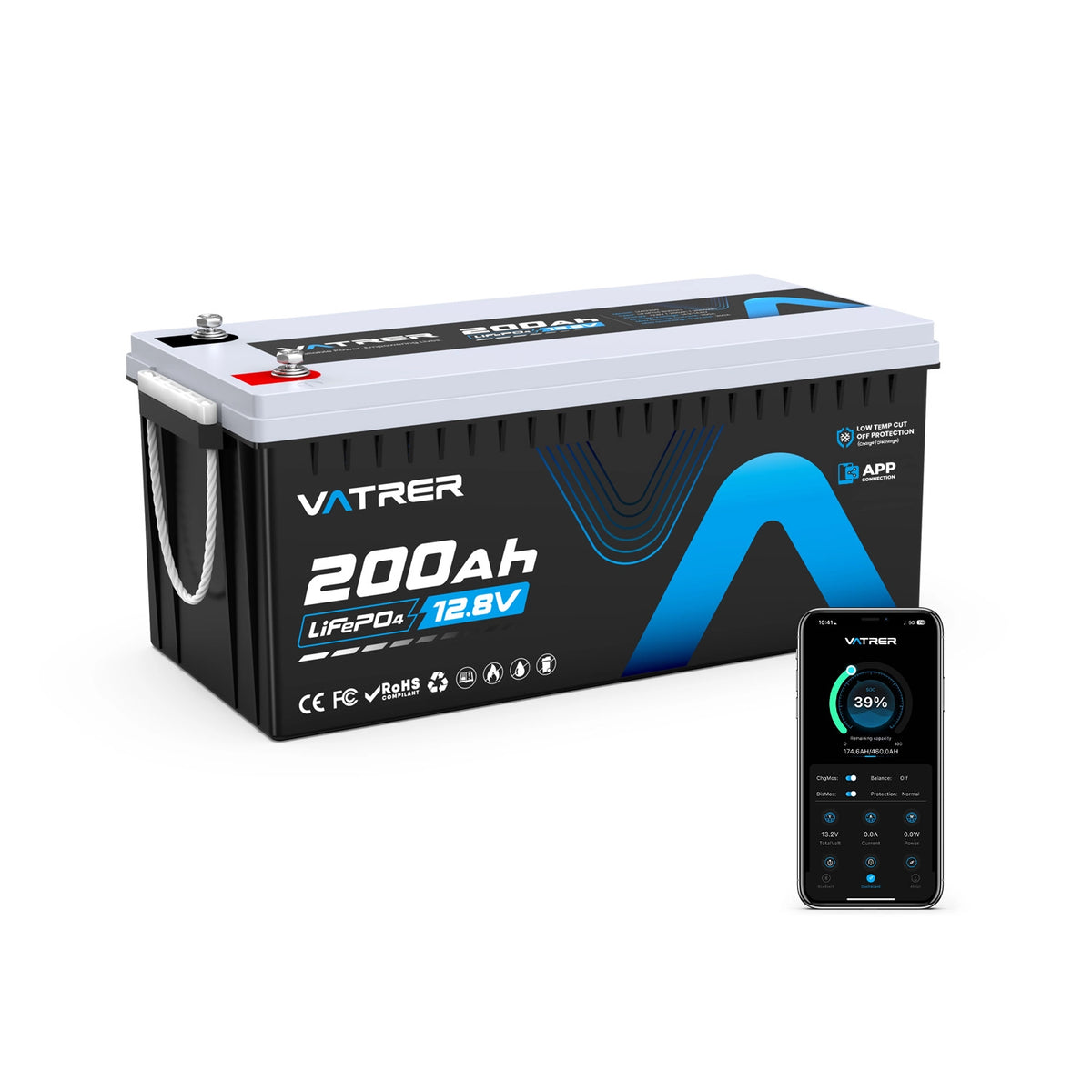
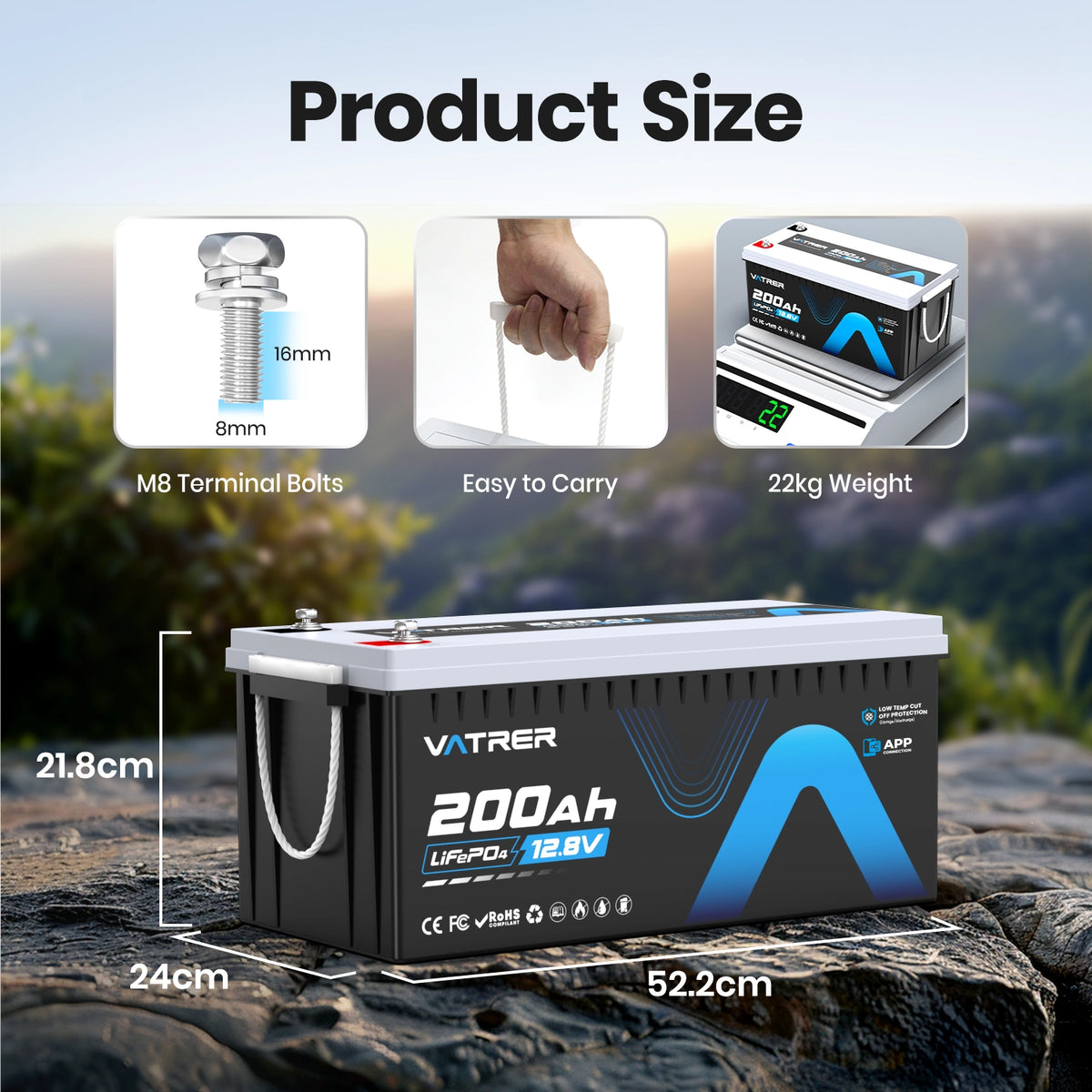
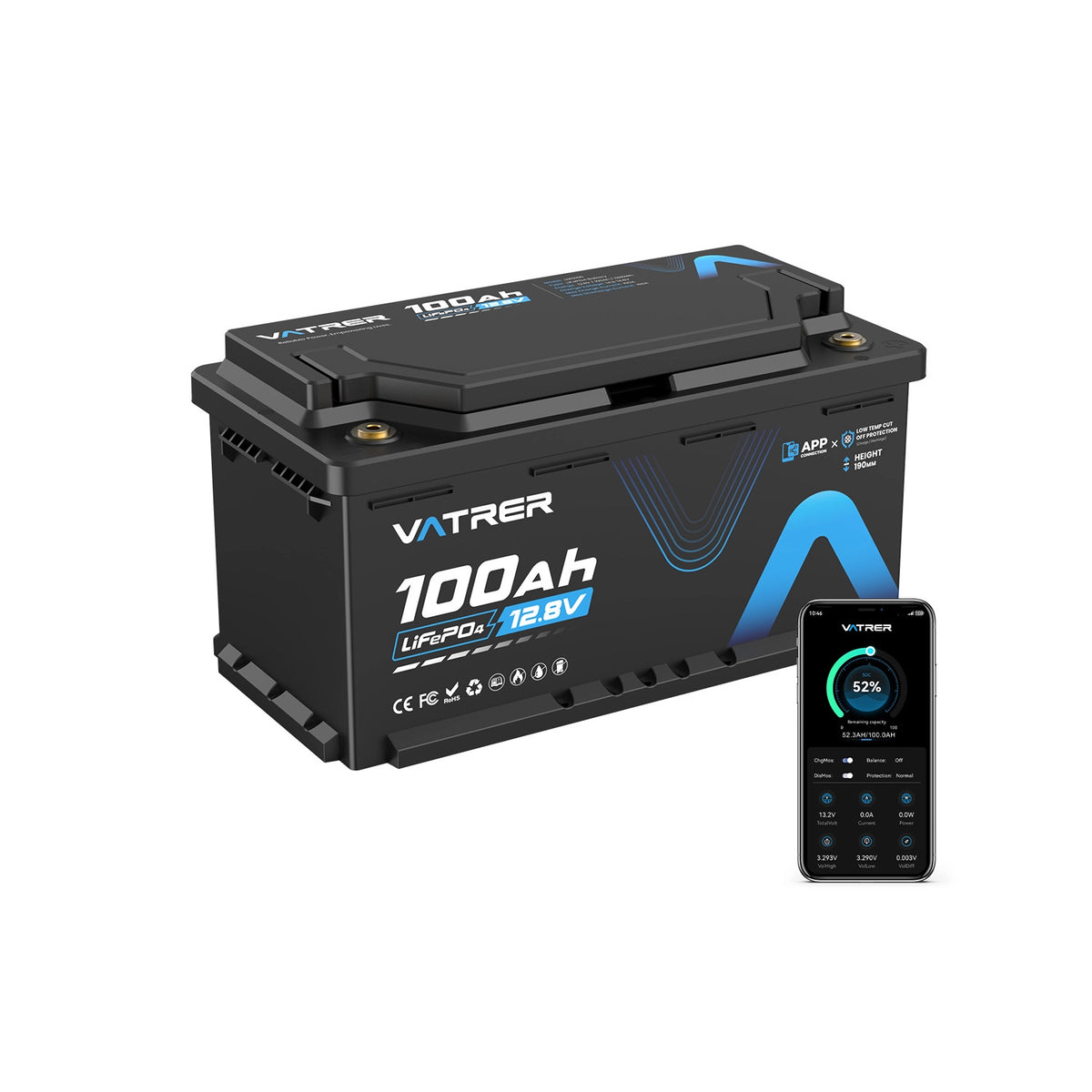
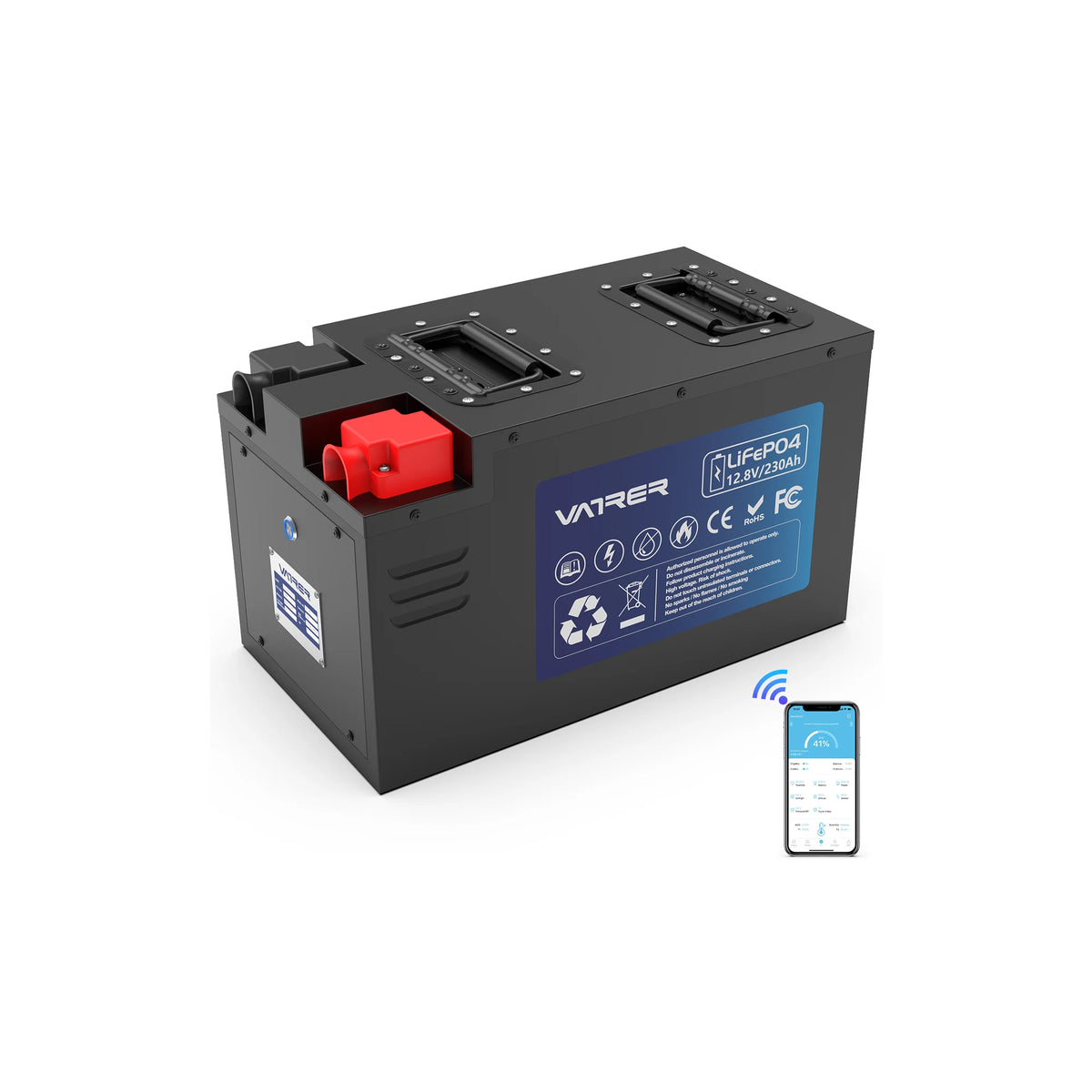
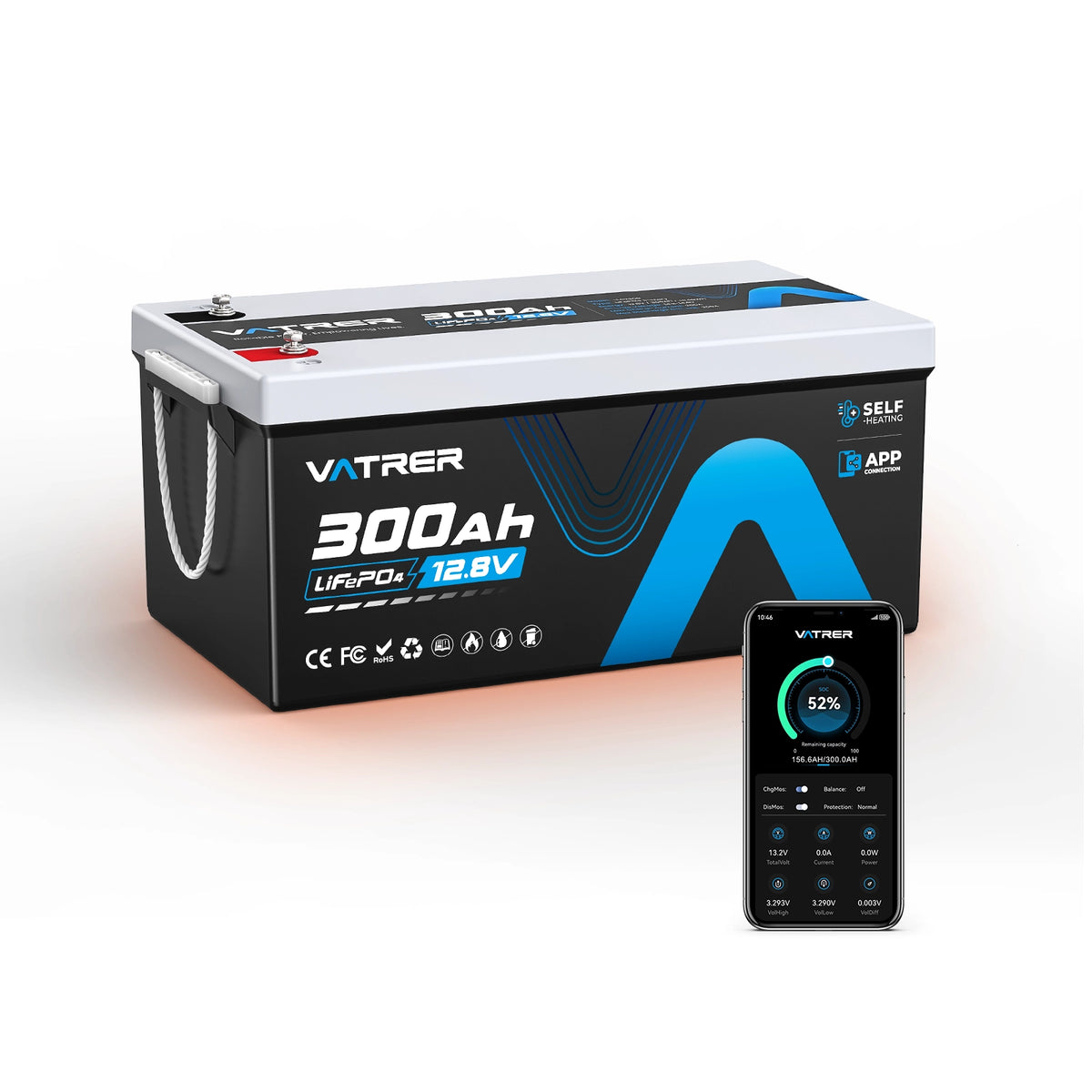
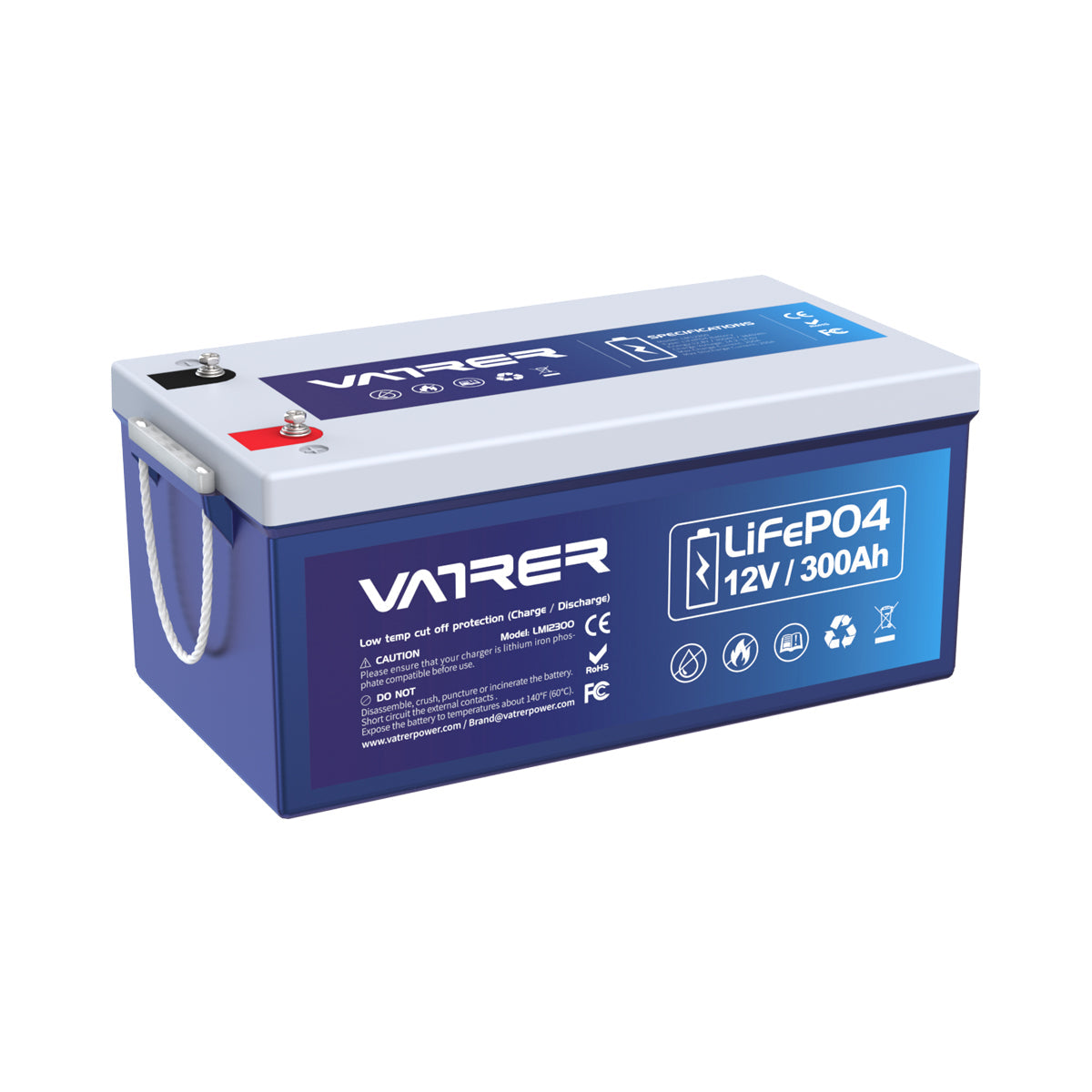
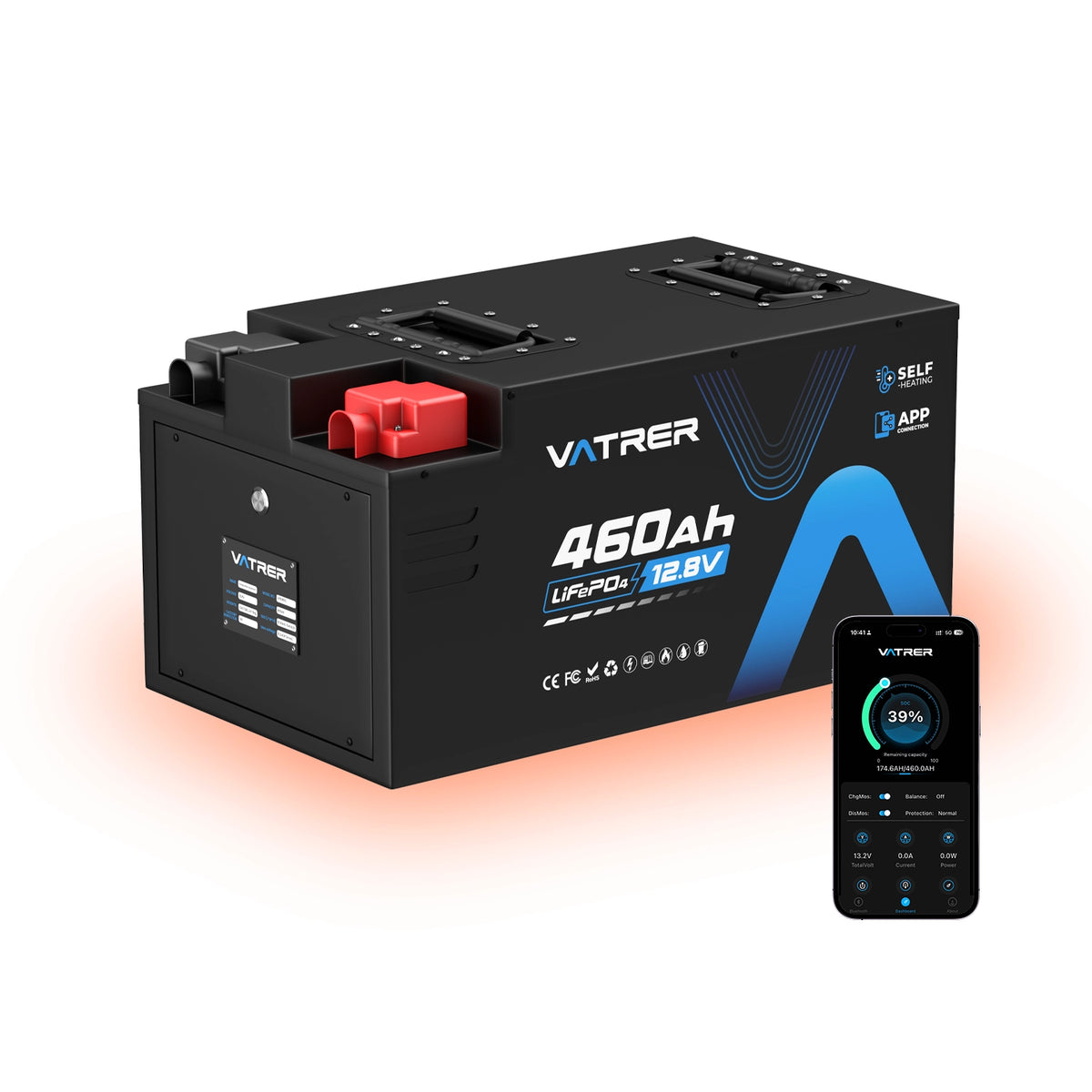

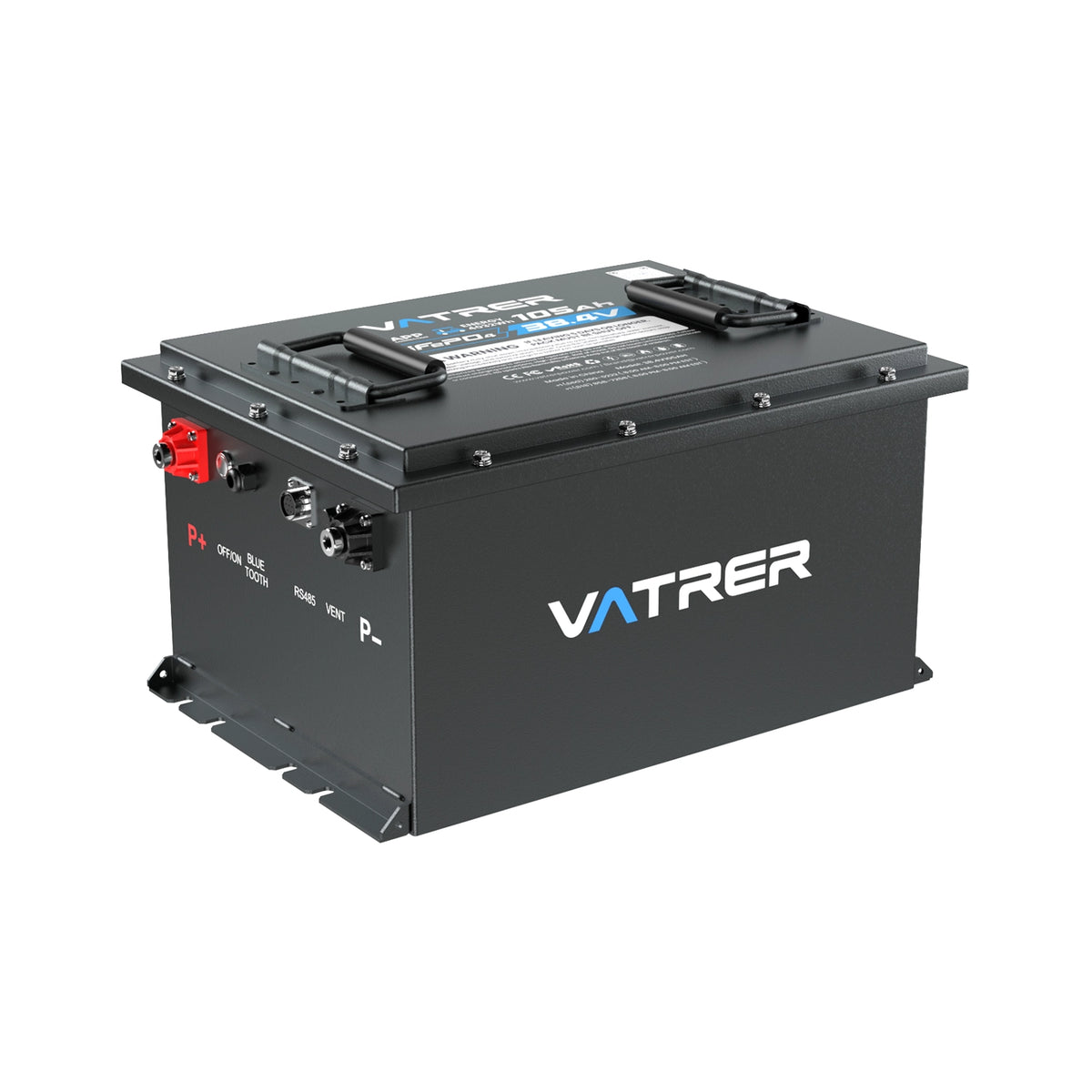
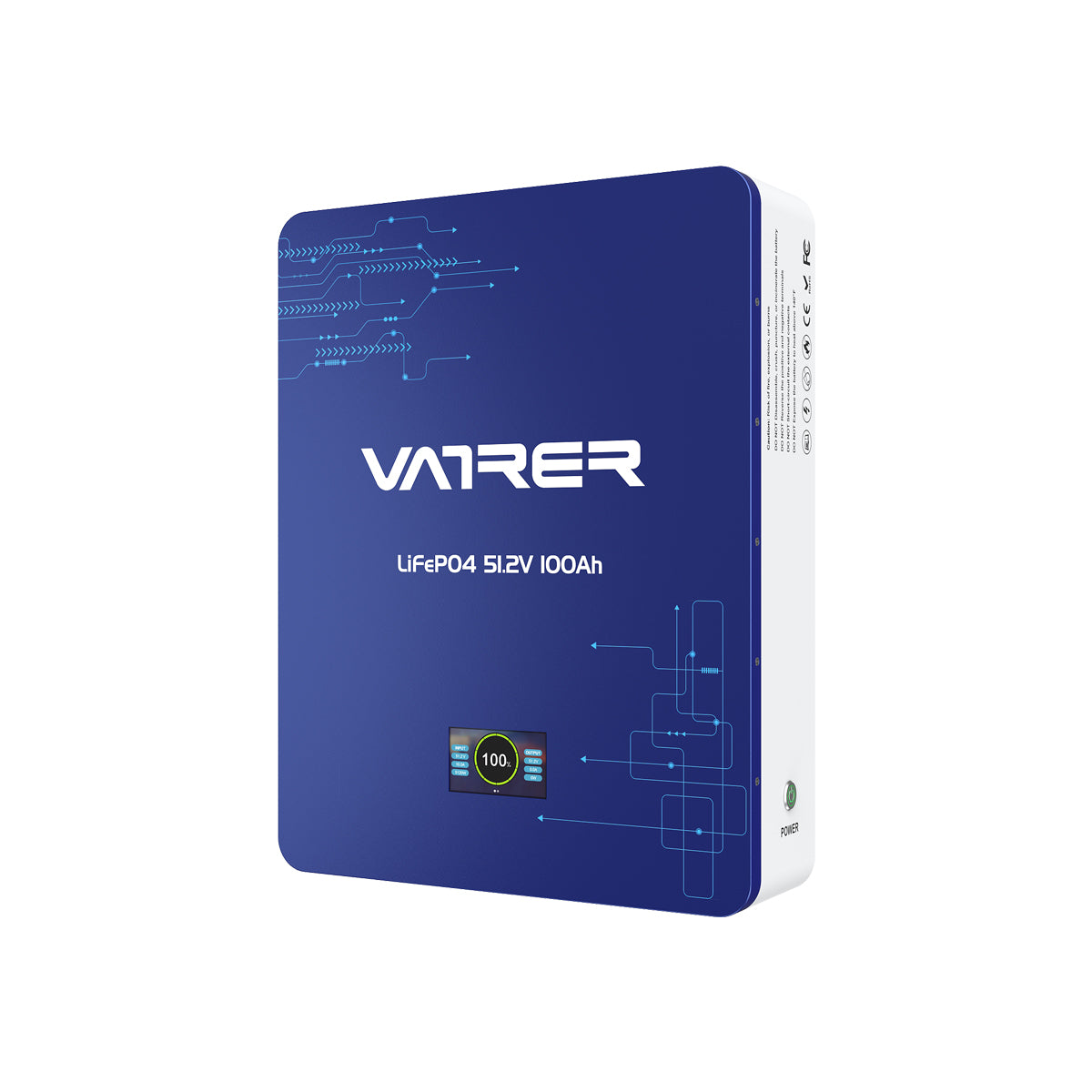
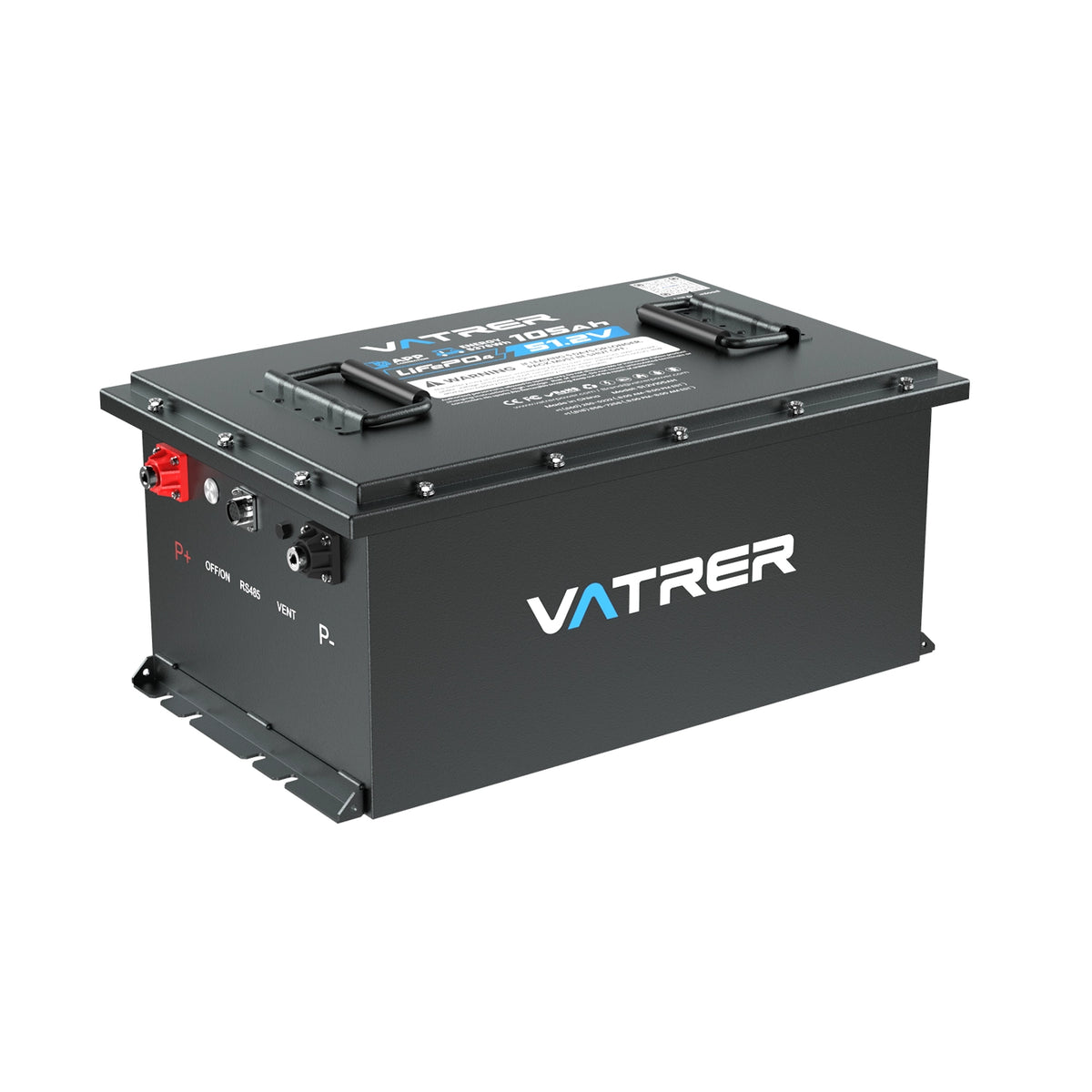


1 comment
James
Great job explaining the parameters of choosing group 31 batteries. Thank you.
Great job explaining the parameters of choosing group 31 batteries. Thank you.